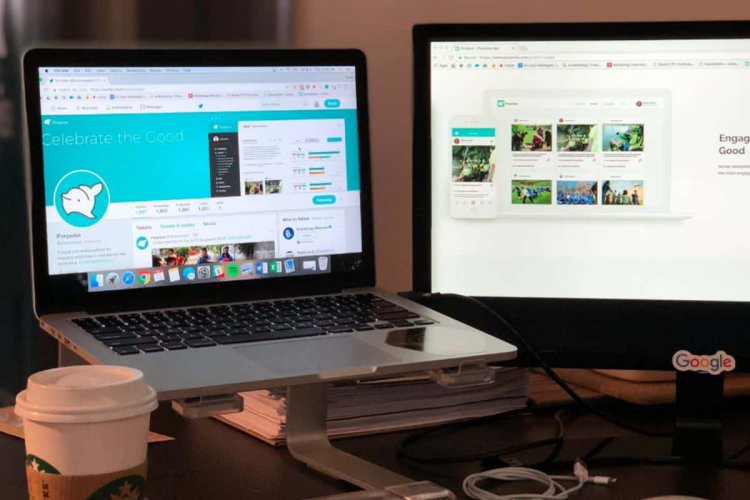A recent study by Social Media Examiner that surveyed more than 4,800 marketers, revealed that 95% of the marketers struggle with achieving better engagement on social media. Their question was: “what are the best ways to engage my audience?”
The reason a vast majority of marketers struggle to drive engagement is quite understandable. Social media has changed significantly and is evolving. This means your audience does not want to consume the same type of content that they were doing a year back.
Your audience today has more options than it did before which reduces the time spent on a single post. Moreover, producing content consistently (the key) that connects, impacts, entertains and influences is not a cakewalk. However intricate, engagement is essential on social media for brands.
That is how you:
- Connect with new and existing audience groups
- Build relations
- Gain authority and credibility
- Get new business collaborations and leads
- Gain more exposure
But to get gems, you need to dig deeper – know how to connect and how to create content for social media that drives engagement. So let us look at four ways to drive engagement on social media that you can takeaway directly and apply to your content strategy.
Understand Your Audience Well. A little tip here: it is easier said than done. Let’s look at it this way – what might be interesting for a teenager might be completely irrelevant to a working mother. The topics these two groups of the audience would relate to will be entirely different. Therefore, knowing your audience – the one that you want to sell to – is imperative. Understand their preferences, where they hang out on social media, what are the solutions that they are looking for and what makes them happy.
Doing so will not only help you have a clear goal for your social media campaigns but will set in confidence to shoot out your content. Furthermore, brands need to realize that people purchase from well-known and trusted companies – the ones they know care and are focused on providing solutions rather than merely selling their own products/services.
Understand the Platform. Just like you cannot create the same content for two entirely different sets of audiences, going with the same strategy for all the platforms may not prove to be the right strategy. This is because no two platforms are the same and this is far most the biggest mistake plenty of brands make that makes their content irrelevant to the audiences on a specific platform. Some of the many things that will differ from platform to platform are:
- Organic reach
- The lifespan of a post
- Word limit per post
- Audience demographic
- Best time to post/be active on the platform
- The popularity of the hashtags
For instance, Instagram is a visual platform where people come to hang out, get inspired and entertained; while LinkedIn is an entirely different platform that’s inclined more towards the professional side. On LinkedIn, you have a character limit for posts but if you wish, you can write and self-publish longer form articles on the LinkedIn Pulse – an online news aggregation feed within the platform. This helps you share news, blogs/articles, insights and more.
Now, this definition of the platforms is not a thumb rule nor should it restrict you because experimenting is a marketer’s best friend. Do not forget to keep exploring and going after the content and platform that works best for your business type. The bottom line is to identify where your target audience hangs out and which platform would best serve your purposes.
Have a Clear and Engaging Call-to-action. This is often overlooked but, the way your audience engages with your content online has a lot to do with how your craft and position your call-to-action. It works because once the readers or people on social media are done consuming your content, you need to show them the next step. It could be as simple as to follow you or comment on the post or share it with their friends.
The last thing you would want is to let the people scroll past your content, especially when you are looking to drive engagement. Therefore, the call to action on your post should be tactical, have a clearly defined objective and align with the overall post.
Plan, Be Authentic and Relevant. Like it is said: just because you can, does not mean you should! This fits well when planning content for social media. Every piece of content that goes into the social world, from the brand, should have a specific goal and message connected to it. This comes when you know your target audience well (i.e., the first point). Planning will ensure you do not produce repetitive content, instead, your strategy comprises of various types of posts like:
- Question-based
- Long-form content
- Short captions
- Videos/infographics
This makes your brand’s content interesting and also gives a reason for everyone to keep following you. With this, remember to be real. No one wants to consume only the promotional posts, not anymore. Yes, you can promote your company updates, events, new launches and more, but the amount of valuable content; the one with no strings attached, has to be more, to gain trust and credibility as a brand. Lastly, do not forget to be patient and consistent to see the results.
















